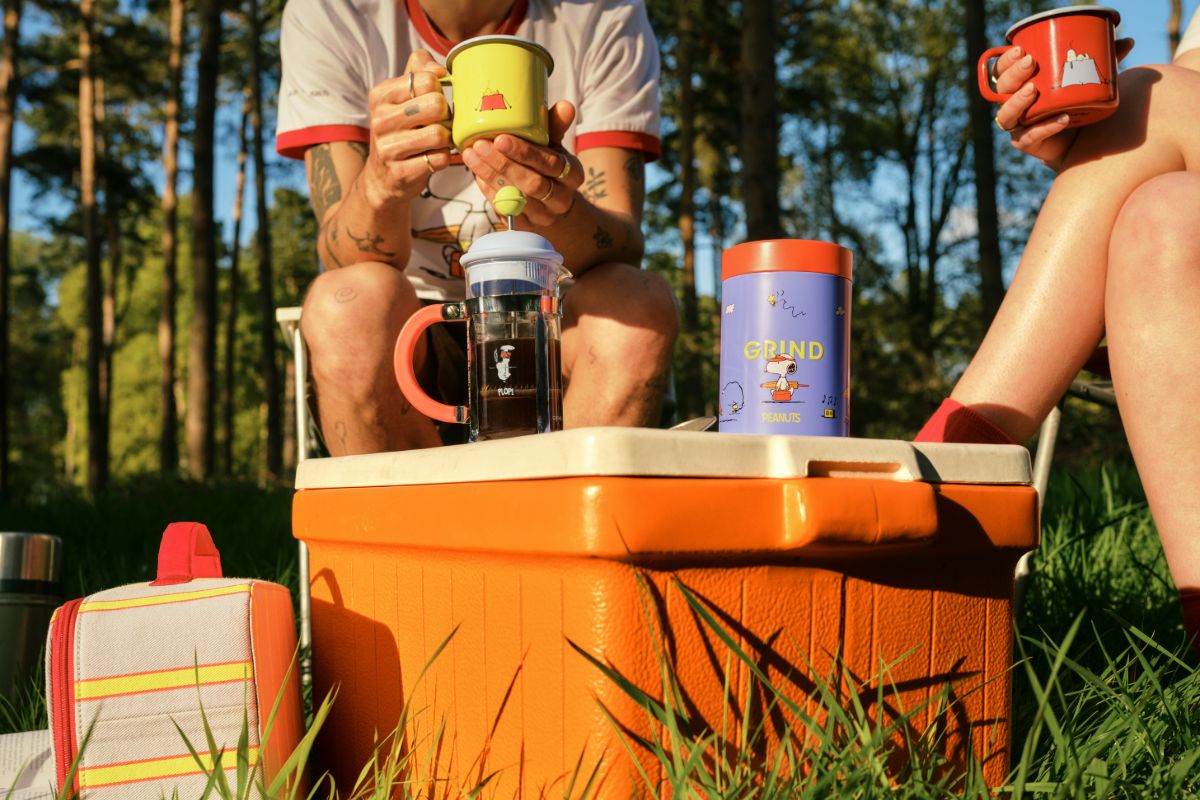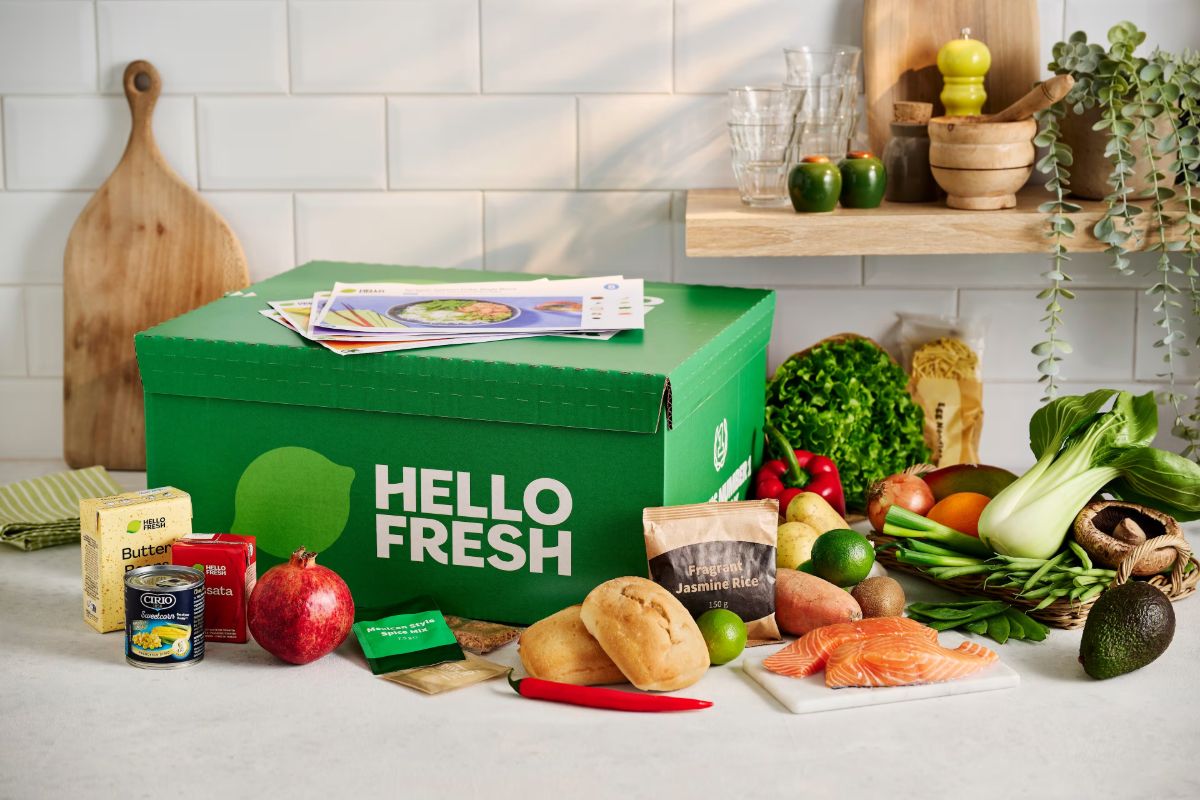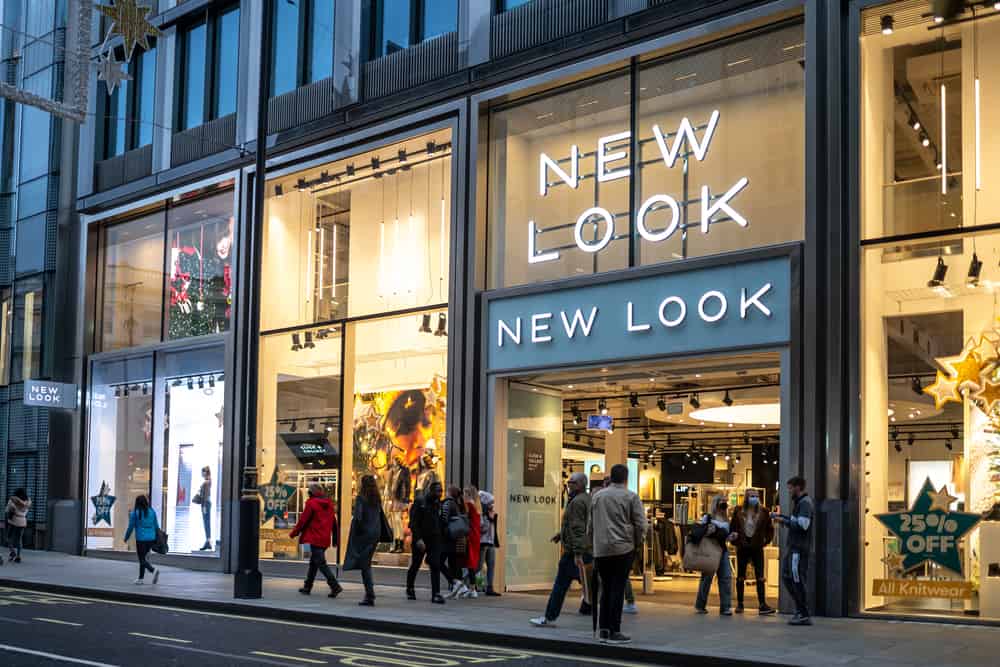Improving site search can have a dramatic effect on site usage – and thus conversions, as we heard in a recent Internet Retailing webinar. David Konn, head of multichannel at ski clothing and equipment retailer Snow + Rock , explained how his company boosted site usage by optimising site search, while Chris Edge, customer success manager at SLI Systems, shared some best practice approaches to site search analytics and multivariate testing, in order to improve the user experience.
Expertise and passion underlie the Snow+Rock business, said David Konn, head of multichannel at the sporting equipment retailer. As a result it aims to stock the best quality equipment and has a wide range of up to 7,000 products. These products are arranged in about eight supercategories, divided into 50 sub-categories and around 250 sub-categories off those. Enabling online customers to find the goods they wanted was a challenge, and one that the system it previously used failed to meet. “People were not getting the results they required when they were searching on site,” said Konn. That was also made worse by the fact that many of the goods it stocks have complicated spellings that could easily be mistaken. And even when shoppers found the item they wanted they would often click through to find their size was not available, creating frustration.
“The percentage of people using search was 7.7% [in a particular period],” said Konn. “But the revenue per visit with search was around 2.5 times as high.”
So how did Snow+Rock go about improving its search – and what results did it have? David Konn explained.
Made it easier to find the search box
“We changed the top navigation bar of the site,” said Konn, “and in doing so made search significantly more prominent. The effect of this was quite staggering. We went from 7.7% of visits to 10.7% of visits. When you take into account the higher revenue per visit that change alone was responsible for an 8% increase in conversions in our website and an 8% rise in sales.
“If you’ve got a decent search on your site make sure you drive customers to it.”
Give customers the ability to sort
Filters on the Snow+ Rock site now include type of sport, product category, gener, and price range. In a poll, Konn asked webinar participants how they imagined most visitors to the website ordered their price-related results. Some 47% thought the answer would be low to high by far. “In fact,” said Konn, “the answer was high to low by far. That may say something about the sort of brand that we are.” Relevancy of results is key, and Snow +Rock found measuring customer use of search shows that between 50 and 55% of clicks were made in the first five search results. “If you’re able to create that sort of measurements on your own website you have to be looking for more than 50% or your search technology isn’t working as well as it should do.”
When showing the products, says Konn, it’s an advantage if there’s a choice between a grid and a list format. While around 95% of users search using the grid format, a list is useful to show more information. A show all option is also important.
Search suggestions
The technology throws up search suggestions that make. These search suggestions account for about 5% of total searches, so it’s obviously adding something to a material proportion of our customers.
Dealing with misspellings
Automated phonetic-based systems go some of the way towards making suggestions when a misspelled search term is used. But, says Konn, this can also be overridden using synonyms. By way of example, he showed a one piece snowsuit. Many will misspell, others will use alternative names such as a onesie. By adding possible misspellings and alternative names to specified search terms, retailers can help most people to find what they are looking for. Features such as auto complete can also help to prevent those misspellings before the customer puts them in, says Konn. “I believe for some retailers as many as 50% [of visitors] complete their search using auto complete.”
Faceting/filtering
These advanced sort options give customers a way to find the goods they are after within large search results. By stipulating gender, colour and price, customers can get more relevant results. Only between 15 and 20% of customers use this, but when they do, says Konn, the conversion rate is higher.
Stock check
When customers hover their cursor over the stock view button they can see what sizes are in stock. “We introduced that a couple of months ago and have had great feedback on that,” said Konn. Quick look buttons also show more details on the products before clicking through to the page.
Landing search page rules
Tailoring search results to go to pre-designated pages can be a highly effective technique. Thus a search for stores take visitors to the store finder page – and that’s information that around 10-15% of visitors to the Snow+Rock website are looking for.
Looking to the future
Snow+ Rock is now looking to introduce features including mobile-optimised search, rich auto-complete, with more data to improve conversion rates from search results.
Personalised experience will remember recent searches and render the results you clicked on.
Social media videos and content can also be indexed and presented via SLI Systems’ search, while in the future Snow+Rock will look to improve its social media experience through ‘like’, ‘pin it’ and other social media buttons.
“We’ve increased significant increases in the number of people using search,” summed up David Konn. “That’s driven significantly higher conversion on site and we’ve also managed to increase revenue per visit on site.”
Our second speaker was Chris Edge, customer success manager at SLI Systems, who highlighted some best practice approaches to search.
Learning from customer search
By using technology to identify trends in searches, retailers can make sure they are answering the questions that customers are asking. For example, when customers look for seasonal items, retailers can get useful insights into they might be stocking and aren’t at the moment.
Boosting conversion
Retailers can also learn what customers click on following a search. To address low rates of conversion, retailers may look at improving images, product data, and information about price and delivery. “These pages are getting clicked on by engaged users who’ve come to your site, typed in a keyword. They’re almost beginning to pass conversion. It’s a good idea to take a look at why they don’t,” says Edge.
Search phrases for PPC
Finding out the revenue generated by each search keyword, when balanced with the costs of using that keyword through PPC, can help to reduce the adspend on PPC.
Searches with poor results
“People come to the site and search for the same product in different ways,” says Edge. Thus if someone searches for sneakers and your product list uses trainers results will be poor. Introducing synonyms will achieve better results, while searches for products not stocked may give ideas of what to stock. There may also be an opportunity to refine the ‘found’ options for broader searches.
Misspelled words
Especially significant for brand names or complicated spellings such as flowers (think chrysanthemums), Edge says solutions can include suggestions on alternative searches. Boden, for example, would say that while there were no results for ‘shoz’, there were the following results for ‘shoes’.
Landing pages
Rather than showing a page not found result, results can show items that are not product-related, such as careers pages to a user who searches for ‘jobs’ or ‘careers’.
Multichannel search
Search can take place not only on the retail website. It can also happen in shops, social media, mobile phones, and in the wider news as a result of PR. One customer, for example, featured in Grazia magazine, and then rose up the ratings for searches related to the magazine. All of this could drive traffic to the site¬ – so it’s worthwhile, says Chris Edge, making sure that site search is updated in accordance with other issues that could drive traffic to the site.
Measuring search
Google Analytics can measure the ROI on site search, showing how many visitors searched the site and how many not, and what revenue visitors generated. Find out what site search is worth at the moment by having a look, suggested Edge. “This can give you some ideas as to how you can optimise site search and drive those figures up even further.”
Testing
A/B and multivariate testing can take a lot of the guesswork out of optimising site search, says Edge, by showing the financial variations that changes to search make. Retailers can use this to decide which aspects of search work best for their customers, whether that’s showing results in a grid, list, to optimise relevancy, or in an even A-Z format. One test, for example, showed that site users who viewed search results in a grid spent £4.47 more than list viewers on average – equating to revenue of £21,000 a month and a £250,000 boost to revenue.
“Go off and have a look at your site search analytics,” says Chris Edge. “Most of the information here today isn’t SLI-specific. Then start testing and optimising the results. These are engaged viewers who are coming to your site. If they’re typing a search phrase in they’re generally going to be looking to get their wallet out and spend.”
Click here to see this webinar for yourself, including more detail on how retailers can use search to improve their website, to see the accompanying slides and hear the live question and answer sessions for free. You can also see more of our webinars here.








